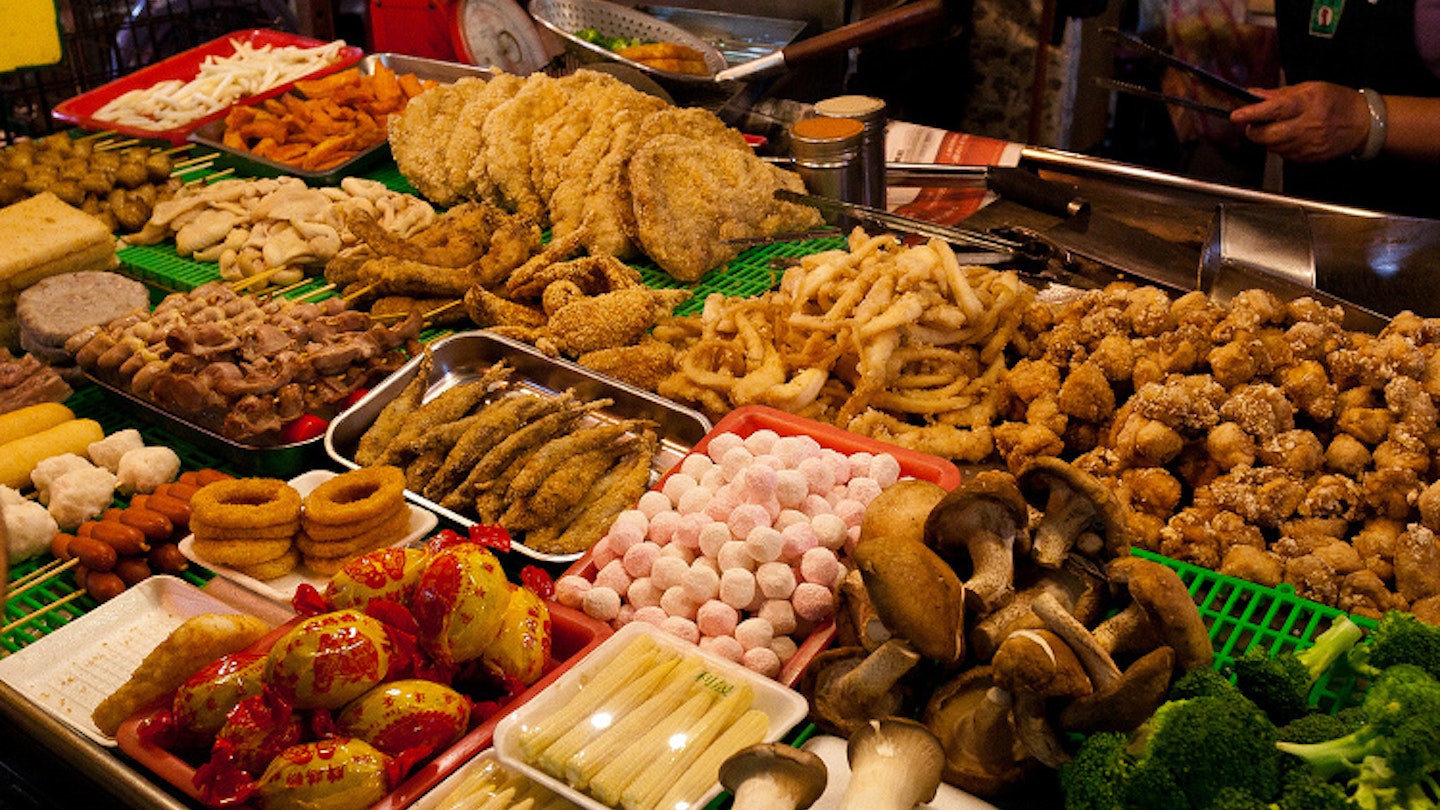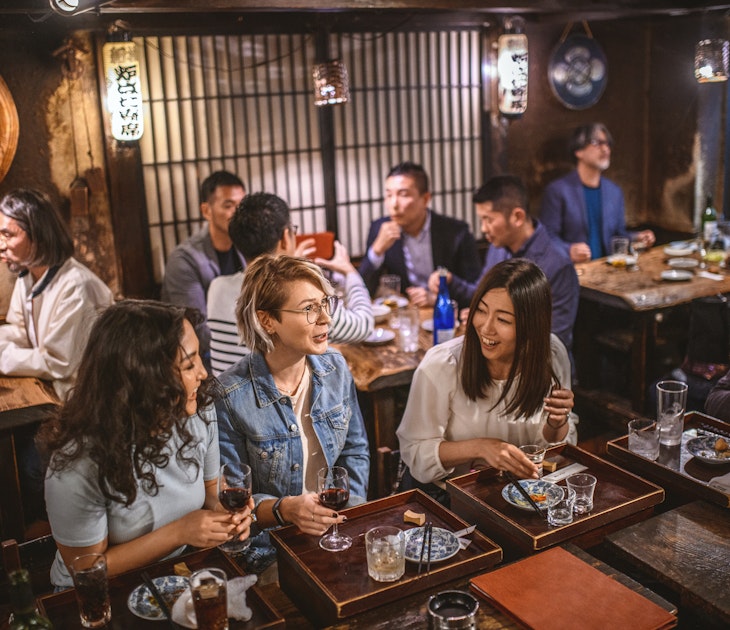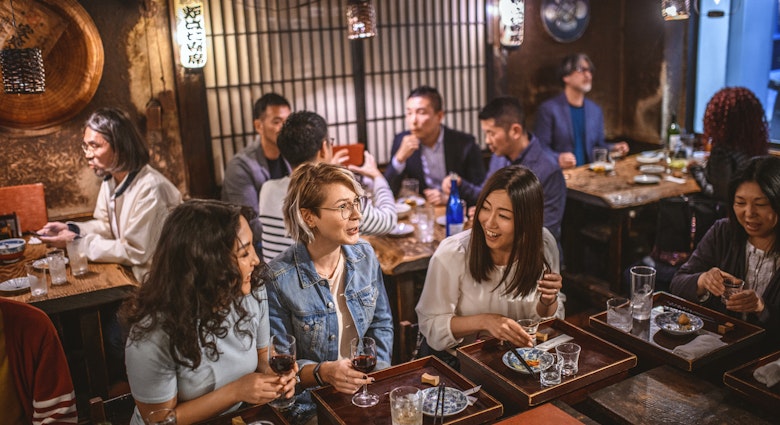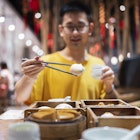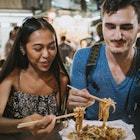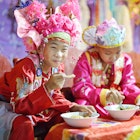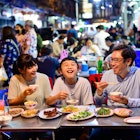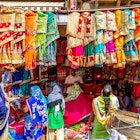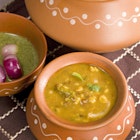Many Asian cities claim to be the one true king of street food. Thais boast that Bangkok’s endless alleyways filled with tasty dishes make their capital tops, while Hong Kongers swear their dai pai dongs (street stalls) offering Cantonese fare put their city in street-food slot number one. When it comes to variety, cleanliness, convenience and overall experience, however, the contest is a tale of two cities: Singapore vs Taipei. Whose urban cuisine reigns supreme? Ladies and gentleman, travellers and gourmets, let's get ready to rumble!

Round one: variety
Singapore is naturally favoured where variety is concerned. A major trading centre in the spice trade in its early days, it’s hardly far-fetched to say the Lion City owes its very existence to mankind’s endless quest for flavour. Drawing on influences from China, India, Indonesia, Thailand and of course the Malaysian peninsula from which it dangles, Singapore casts a wide culinary net indeed. From fish-head curry to chilli crab, satay and chicken rice, Singapore’s hawker centres have food for all tastes. While Taipei’s night markets offer excellent variety, with the exception of the occasional aboriginal dish or oddity from further abroad, 90 per cent of what you’ll find on offer, from steamed dumplings to stinky tofu, has culinary roots leading directly back to somewhere within the Middle Kingdom.
Variety goes to… Singapore!
Round two: aesthetics
Bursting with a cacophony of sounds and a veritable riot of colours, Taipei’s chaotic night markets make Singapore’s well-ordered hawker centres seem, by comparison, as exciting as airport food courts. Taipei’s night markets, on the other hand, run riot with history and culture, with many containing ancient temples and shrines. Eat and shop simultaneously – the food markets are generally also all-night bazaars. The tables may not be arranged in neat rows, but who needs orderly seating when you can eat your duck wings leaning against a beautifully ostentatious Taoist temple with ghosts from the Qing dynasty?
Aesthetics goes to… Taipei!
Round three: cleanliness
Was the outcome of this round ever in doubt? Not likely. When it comes to fastidiousness the Lion City’s got it sewn up, and nowhere is Singapore’s fascination with cleanliness as apparent as in the food industry. A battalion of roving health inspectors ensures that each hawker centre stall adheres to rigorous sanitary practices, while employees of the centres themselves (the ubiquitous hawker centre ayis) roam the aisles making sure that tables are cleaned between customers. Though not too bad when it comes to food safety (and getting better by the decade), next to fussy Singapore, Taipei’s funky night markets don’t stand a chance.
Cleanliness goes to… Singapore!
Round four: convenience
Singapore’s plethora of hawker centres – greater in number than Taipei’s night markets by far – seems to put it ahead in this category, but only until one takes into account Taipei's fast and loose approach to regulation. In heavily-regulated Singapore, ad hoc street chefs are few and far between (outside of a few older neighbourhoods). In laissez-faire Taipei, street food vendors can be seen nearly everywhere – sometimes pushing their wagons just ahead of the occasional police crackdown. Singapore’s got its bases covered where operating hours are concerned, with most hawker centres staying open late and some not closing at all. Taipei’s night markets are busiest at night, but food vendors can be found on Taipei’s streets – sometimes in the most unexpected spots – just about 24 hours a day. When it comes to convenience, this is a tough one to call. And, so...
Convenience goes to… both cities. It’s a draw!
A fight-to-the-finish battle, but with a score of two-to-one, the top Asian street food destination is hereby declared as… Singapore! But don't take this street foodie’s word for it, folks. Singapore and Taipei are a mere four hours apart, close enough for casual travellers and serious gourmets alike to spend a few days in each, deciding which one takes the crown for themselves while eating until they burst. Here are a few top places to get started:

Where to eat in Singapore
Lau Pa Sat: located in the heart of Singapore's financial district, this massive food market is often packed on weekdays with local businesspeople. The market takes on a more festive (but usually no less crowded) vibe at night and on the weekends, when travellers and locals alike come down to eat endless plates of satay washed down with bottles of Tiger Beer.
Changi village hawker centre: over on the city's east side, this smaller hawker centre is not to be missed if you’re passing by on your way to Pulau Ubin. Its stalls selling local delicacies such as nasi lemak (a Malaysian dish made with coconut rice) and fried wantons are justly famous.
Old Airport Road Food Centre: though not much to look at from the outside, this urban favourite is beloved by locals. Try the dish without which Singapore's place on the world food stage would be greatly diminished, fried Hokkien prawn noodle.
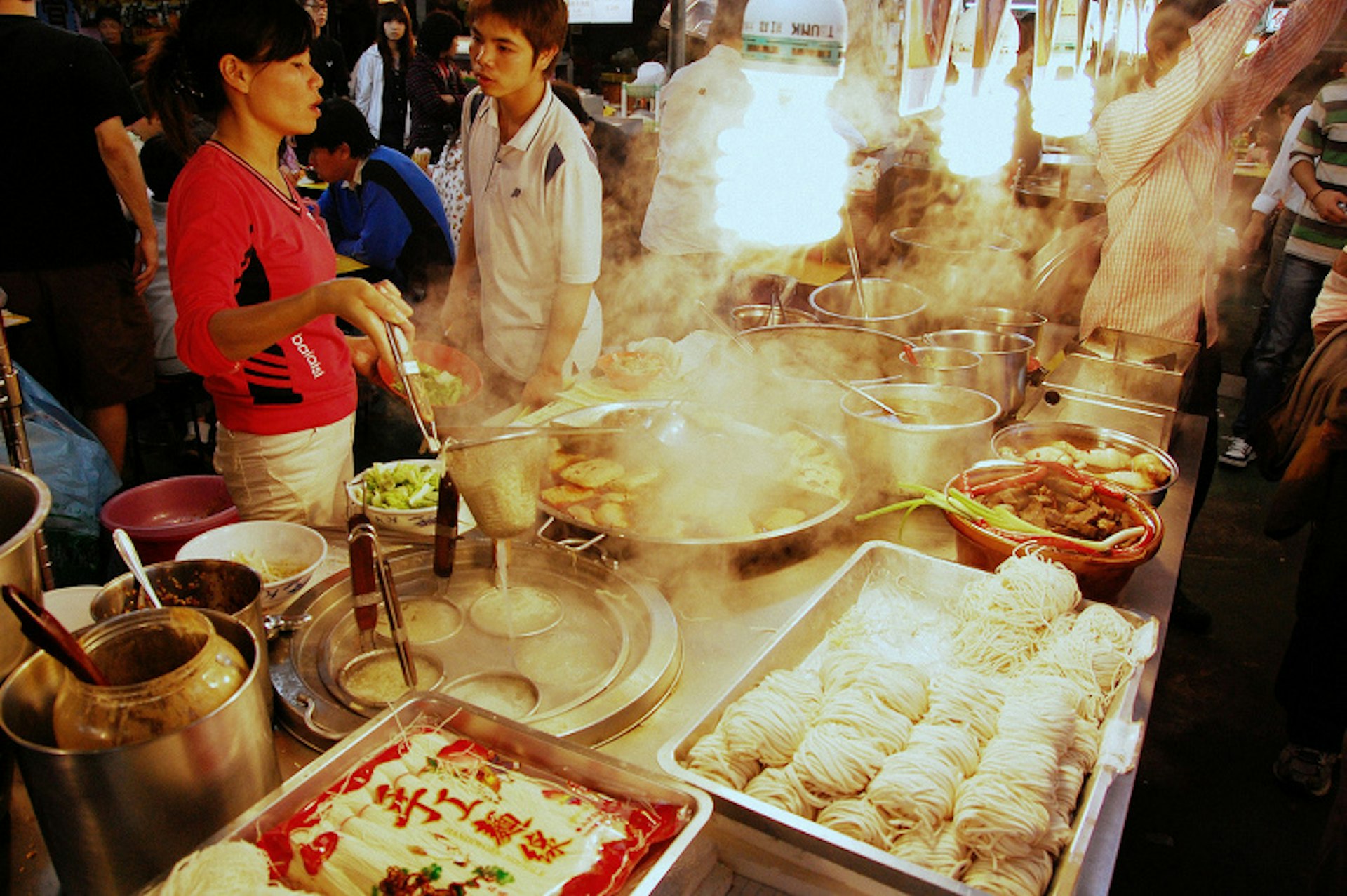
Where to eat in Taipei
Raohe Street Night Market: one of the city’s oldest night markets. Check out the stall selling amazing sautéed crab on the eastern end of the market, just in front of the ancient Ciyou temple. Not as crowded as the Shilin night market, meaning you may just find a place to sit down.
Shilin Night Market: from braised duck wing to oyster omelettes to stinky tofu, if it's Taiwanese and tasty you'll find someone cooking it here. To escape the crowds, try exploring some of the smaller alleyways leading in from the main entrance. If it's a place to sit you're looking for, your best bet is the newer food court just across from the Jiantan Metro station.
Miaokou Night Market: located about an hour outside of Taipei city (so technically in Taipei...county!), this market in the port city of Keelung offers an amazing variety of Taiwanese delicacies. Many stalls are open during the day, and seafood – including super-fresh sashimi – is naturally a specialty. ('Miaokou' means temple entrance, and yes, there's another fabulous temple to visit here pre or post meal.)
This article was first published in February 2012, and updated by Lonely Planet Destination Editor Sarah Reid in November, 2014.
